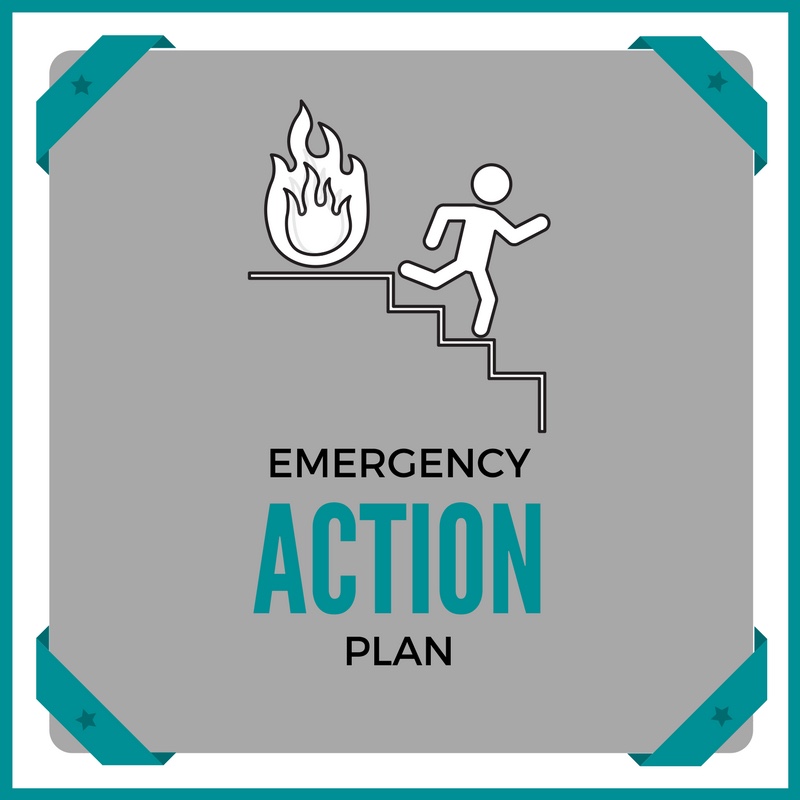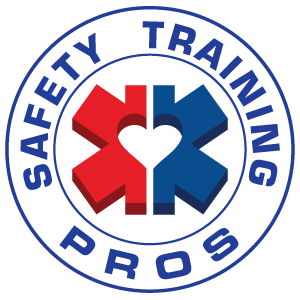Emergencies happen when you least expect it, however the more prepared you and your facility are to deal with these types of incidents and accidents the safer everyone will be. Various documents have been produced by OSHA, FEMA, and other government agencies to help businesses prepare for emergencies. Does your company have an Emergency Action Plan (EAP) for a Fire, Medical Emergency, Bomb Threat, Chemical Spill, or a Shooter on Site? Would you or your co-workers know what to do?
The purpose of an EAP is to facilitate and organize employer and employee actions during workplace emergencies. At Safety Training Pros we are committed to making sure businesses are more effective when it comes to Emergency Planning, In-Service Training, and much more. We want to make sure that your staff is safe in case of an emergency.
FEMA has established the Ready Program that includes five steps to prepare workers for emergencies of all types. Well-developed EAP’s give employees the understanding of how to respond in a variety of emergency situations, they know where to go, how to keep safe, and what equipment to take and/or use. With proper training this means that they are able to respond quicker and safer thus reducing injuries and fatalities. Below are the five steps of the Ready Program from http://workplaceemergencyplans.com/
1. Program Management
• Know the regulations that govern your business emergency action plan
• Organize an Emergency Action Team to implement the development and administration of your emergency program
2. Planning – The Practical Considerations of Developing an Emergency Plan – Planning must include:
• What to do in the event of an emergency
• Steps to take to prevent emergencies
• Ways to limit the business impact of emergencies
3. Implementation – What the Emergency Action Plan Must Include
• Resource Management
• Emergency Response
• Crisis communications
• Business continuity
• Information technology
• Employee assistance
• Incident management
• Employee Training
4. Testing and Exercises
• Testing and evaluating the emergency plan
• Differentiating between different types of exercises
• How to conduct exercises
• Evaluating the exercise results to know effectiveness of the emergency plan
5. Program Improvement
• Determine when the emergency plan needs to be reviewed
• Evaluate the emergency plan
• Make changes and improvements to the plan
It is important to remember to include both management and employees in creating an emergency action plan. Create a Safety Team that meets on a regular basis. Make sure to review the plan and assess it so that necessary developments and changes can be made. It’s also important, of course, that you write up this plan and provide copies to every employee in your workplace.
Remember, you don’t come to work expecting an incident or accident to occur, but the more prepared you are the safer everyone around you will be. For more information on safety training such CPR, First Aid and AED please contact Safety Training Pros at 844-900-SAFE (7233).
